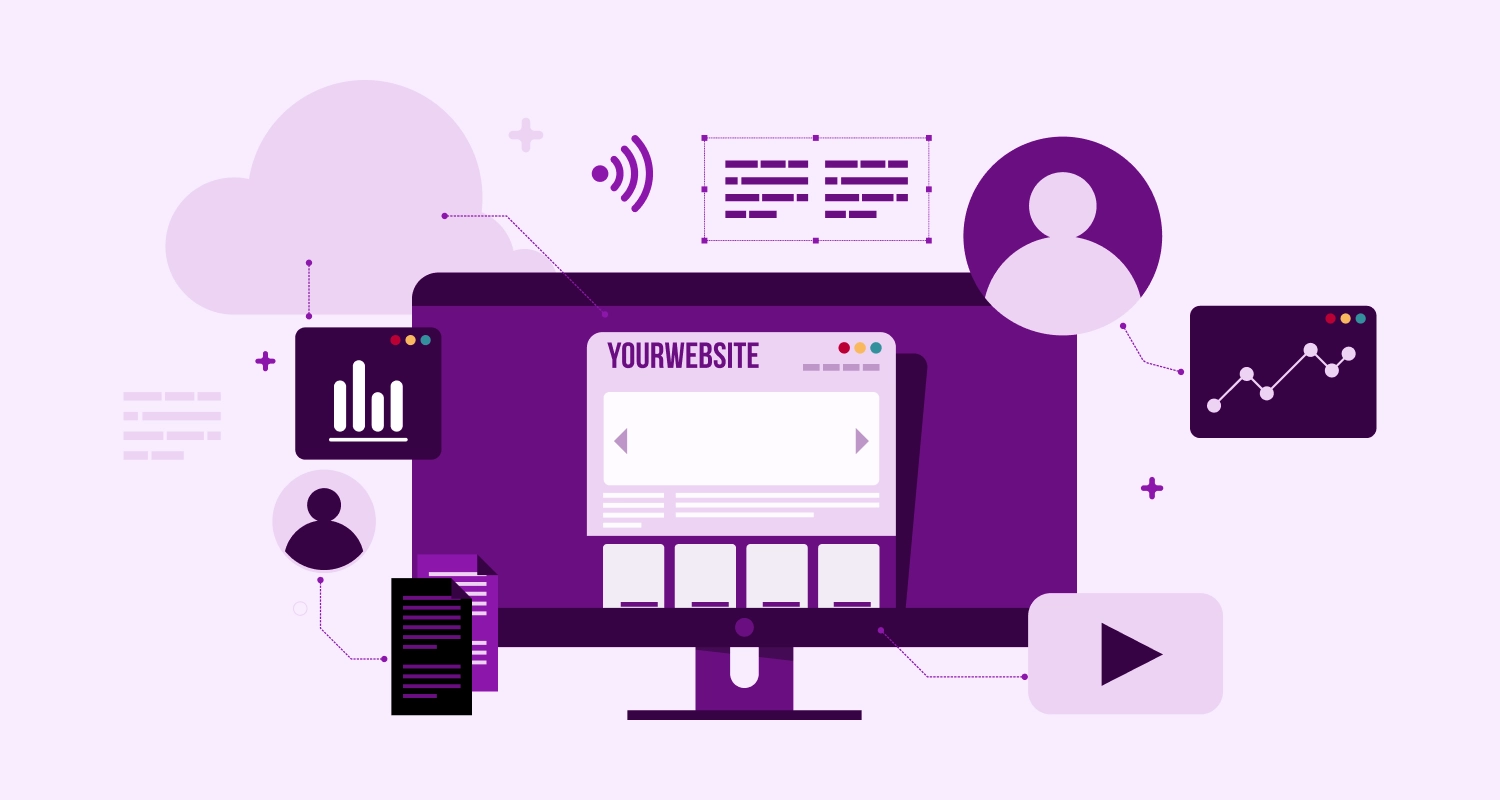Microsoft technologies is playing a critical role since last few decades and is making a significant contribution in virtually all business industries. Now, due to MVC implementation the product development endeavor has become much more secure, scalable and smarter.
Model-View-Controller (MVC) engineering isolates an application into three principle segments: the model, the view, and the controller. The ASP.NET MVC system gives a distinct option for the ASP.NET Web Forms design for making Web applications. The ASP.NET MVC structure is a lightweight and very testable presentation system that is incorporated with existing ASP.NET elements, for example, master pages and membership-based authentication. MVC is a standard outline design that numerous developers are acquainted with. Many Web applications will profit by the MVC structure. Others will keep on utilizing the traditional ASP.NET application design that depends on Web Forms and post backs.
Following are few of the many benefits which you can receive while implementing ASP.Net MVC:
Separation Of Concerns:
Separation of application task like input logic, business logic, and UI logic, testability, and test-driven development (TDD). All main contracts in the MVC structure are interface-based and can be checked by mock objects, which are parallel objects that copy the characteristic of original object in the application. You can unit-test the application without needing to run the controllers in an ASP.NET process, which makes unit testing quick and adaptable. You can utilize any unit-testing system that is perfect with the .NET Framework.
Extensible Structure
Parts of the ASP.NET MVC system are composed with the goal that they can be effortlessly replaced or altered. You can connect to your own perspective engines, URL routing policy and different parts. The ASP.NET MVC system additionally supports the utilization of Dependency Injection (DI) and Inversion of Control (IOC) compartment models. DI empowers you to inject objects into a class rather than depending on the class to make the object itself. IOC determines that if an item requires another object, the first object ought to get the second object from an outside source, for example, an arrangement files. This makes testing quite easy.
URL Mapping
By leveraging ASP.Net routing you can leverage on URL-mapping segments and hence develop applications which have searchable URLs. URLs don’t need to include file name expansions and are intended to design URL naming patterns that work proficiently for search engine optimization.
View Engines
Support for utilizing the markup as a part of existing ASP.NET page (.aspx documents), client control (.ascx file) markup records as perspective formats. You can utilize existing ASP.NET features with the ASP.NET MVC structure, for example, nested master pages, in-line expressions (<%= %>), layouts, data-binding and so on.
Easy to Co-ordinate JavaScript Frameworks
Support for existing ASP.NET features. ASP.NET MVC lets you use features such as forms authentication, Windows authentication, URL authorization, membership and roles, output and data caching, session and profile state management, the configuration system and many more.
You must consider deliberately whether to execute a Web application by utilizing either the ASP.NET MVC system or the ASP.NET Web Forms model. For systems which are planned to grow over the period of time it is recommended to hire ASP.Net developer for its effective implementation. With right technology at your disposal, correct decisions can be made and businesses profitability as well as operations can be transformed.








